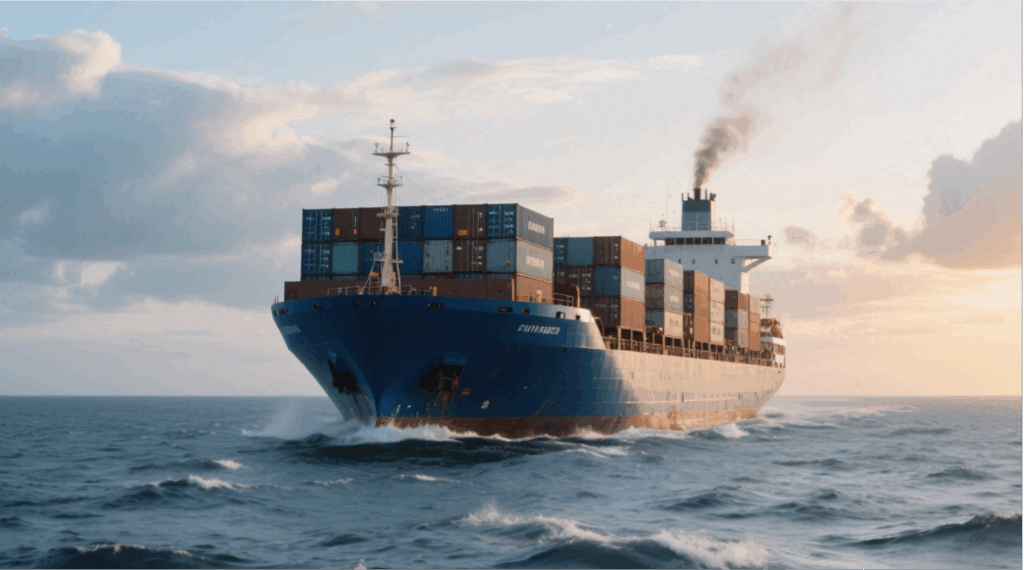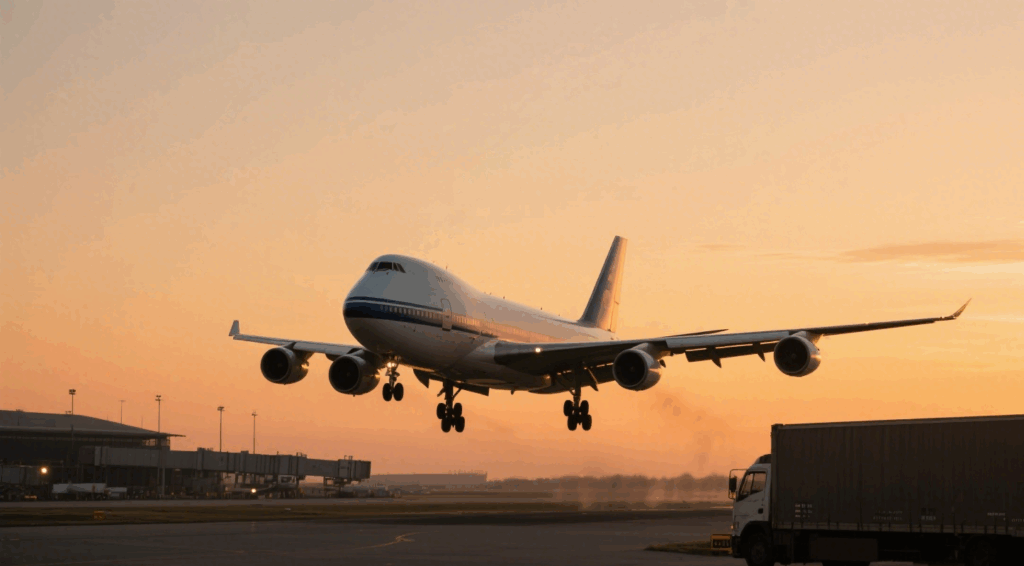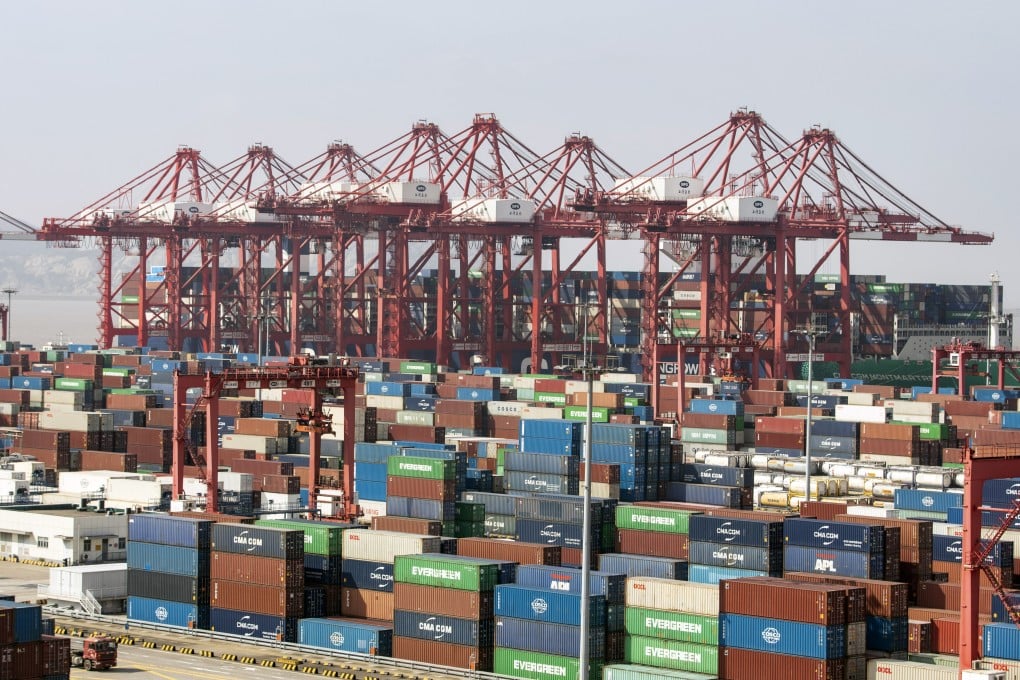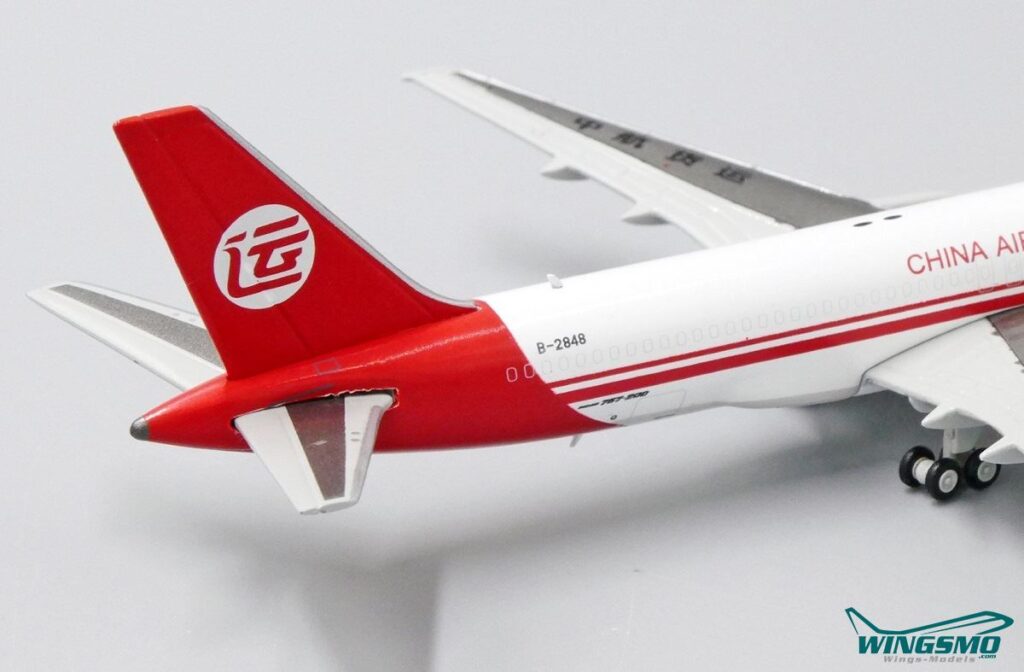Finding reliable FCL shipping from China to Italy can be challenging for importers seeking stable schedules and transparent costs. This guide reveals how dependable full container load (FCL) transport enhances logistics efficiency, lowers risks, and ensures smooth delivery from Chinese factories to Italian destinations.
What Makes Reliable FCL Shipping from China to Italy Essential?
Efficient FCL shipping plays a crucial role in the international supply chain. For Italian importers, reliability ensures timely delivery, secure packaging, and predictable pricing. Unlike LCL (Less than Container Load), FCL dedicates one container exclusively to your cargo, avoiding delays due to cargo consolidation.
Moreover, consistent FCL freight services minimize handling, reducing potential damage during transit. Many businesses prefer this mode because it simplifies customs clearance and accelerates door-to-door delivery schedules.
Key Advantages of Reliable FCL Shipping:
| Benefit | Description |
|---|---|
| Speed | Direct loading and faster customs processing reduce total delivery time. |
| Security | Cargo handled less frequently, minimizing breakage or theft. |
| Predictable Costs | Fixed container rate avoids hidden charges per cubic meter. |
| Customs Efficiency | Streamlined clearance since cargo belongs to one consignee. |
How Does the FCL Shipping Process Work Between China and Italy?
Typically, the process begins at the manufacturer’s warehouse in China and ends at the destination warehouse in Italy. Each stage contributes to cost, timing, and reliability.
FCL Shipping Workflow:
- Booking & Documentation – Shipper reserves container space and submits export documents.
- Container Loading – Goods are packed, sealed, and delivered to the port.
- Ocean Freight Transit – The container sails from ports like Shanghai or Ningbo to Genoa or Venice.
- Customs Clearance – Declarations are submitted, duties are paid, and goods are inspected.
- Final Delivery – Container is trucked to the buyer’s warehouse in Italy.
Transit Time Overview:
| Route | Average Transit Time | Recommended Port Pair |
|---|---|---|
| Shanghai → Genoa | 25–28 days | High-volume trade route |
| Shenzhen → Venice | 27–30 days | Best for southern Italy |
| Ningbo → Trieste | 23–26 days | Fastest northern Italy route |
Additionally, working with a professional freight forwarder helps coordinate schedules and monitor container tracking through real-time updates.
What Are the Main Costs in FCL Shipping from China to Italy?
Shipping cost transparency determines whether your shipment remains profitable. While FCL freight typically costs more than LCL per shipment, the per-unit cost becomes lower for full loads.
Main Cost Components:
| Cost Element | Typical Range (USD) | Description |
|---|---|---|
| Ocean Freight | $1,400 – $2,200 | Depends on container type and season. |
| Port Handling Charges | $250 – $400 | Terminal operations at origin/destination. |
| Customs Clearance | $100 – $250 | Declaration and inspection fees. |
| Inland Trucking | $300 – $700 | Delivery from port to final destination. |
| Insurance (Optional) | 0.3% – 0.5% of cargo value | Protects against damage or loss. |
Moreover, factors such as peak season surcharges, fuel adjustments, and port congestion can influence overall pricing. Therefore, accurate budgeting should always include contingency margins of 5–10%.
Which Container Types Are Commonly Used in FCL Freight?
Selecting the right container ensures safety and cost efficiency. The choice depends on cargo type, weight, and packaging.
| Container Type | Internal Volume | Ideal Cargo | Advantage |
|---|---|---|---|
| 20ft Standard | 33.2 m³ | Heavy or dense items | Lower cost for compact shipments |
| 40ft Standard | 67.7 m³ | General consumer goods | Most economical for full loads |
| 40ft High Cube | 76.3 m³ | Bulky, lightweight items | Increased capacity by 10% |
| Reefer Container | Varies | Temperature-sensitive goods | Controlled environment for perishable products |
| Flat Rack / Open Top | Varies | Oversized machinery | Flexible loading for irregular shapes |
In addition, labeling containers properly and balancing weight across pallets enhance safety during sea transit and handling at Italian terminals.
Case Studies: Successful FCL Shipments from China to Italy
Case 1: Electronics from Shenzhen to Genoa
Cargo: 40ft container with smart home devices (22 tons)
Mode: Sea freight
Cost: $2,050 total
Transit Time: 28 days
Result: On-time delivery with zero damage due to direct container sealing at origin.
Case 2: Furniture from Ningbo to Venice
Cargo: 40ft High Cube (30m³ of flat-packed furniture)
Cost: $1,780
Transit Time: 26 days
Result: Reduced customs clearance delay via pre-submitted EORI documentation.
How to Handle Customs Clearance for FCL Shipments
Customs procedures often intimidate first-time importers, yet they are straightforward with proper documentation. Accurate paperwork avoids costly delays and penalties.
Required Customs Documents:
| Document | Purpose |
|---|---|
| Bill of Lading (B/L) | Confirms cargo ownership and shipment details. |
| Commercial Invoice | Lists product values for duty calculation. |
| Packing List | Identifies cargo weight, dimensions, and quantity. |
| Certificate of Origin | Verifies the country of manufacture. |
| Import License (if required) | Applies to regulated goods like electronics or food. |
Additionally, customs brokers in Italy assist importers by filing entries electronically and coordinating with the Agenzia delle Dogane e dei Monopoli for clearance status updates.
Comparing Sea, Rail, and Air Freight for China–Italy Trade
While FCL sea freight remains the most cost-effective, some shippers consider rail or air alternatives for speed or flexibility.
| Mode | Transit Time | Cost (40ft) | Best For | Pros | Cons |
|---|---|---|---|---|---|
| Sea (FCL) | 25–30 days | $1,400–$2,200 | Bulk shipments | Economical, reliable | Slower than rail/air |
| Rail Freight | 18–22 days | $3,000–$4,000 | Urgent cargo | Faster delivery | Limited capacity |
| Air Freight | 3–7 days | $6,000–$10,000 | High-value goods | Fastest | Expensive for heavy cargo |
In conclusion, reliable FCL shipping from China to Italy balances affordability, capacity, and predictability—ideal for businesses optimizing long-term import strategies.
How to Choose a Reliable FCL Freight Forwarder
Selecting a trustworthy logistics partner ensures your container’s smooth journey. Evaluate forwarders based on reputation, transparency, and network strength.
Checklist for Reliable Forwarders:
- Proven track record with FCL routes between China and Italy
- Transparent quotation with itemized charges
- Real-time tracking and documentation updates
- Support for customs and inland delivery
- Strong partnerships with ocean carriers (MSC, COSCO, CMA CGM)
Furthermore, reading client reviews and checking FIATA or NVOCC certifications confirm the forwarder’s reliability before booking.
Conclusion
To summarize, reliable FCL shipping from China to Italy offers a secure, cost-effective, and predictable logistics solution for international trade. By understanding shipping procedures, cost components, and customs requirements, importers can optimize operations and reduce delivery risks. Partnering with a dependable freight forwarder ensures seamless cargo movement and sustained business growth between Asia and Europe.
- Consult TJ China Freight Forwarding for the lowest quote. They will provide you with reliable, cost-effective service.
FAQ:
Q1.What makes FCL shipping faster than LCL for China–Italy routes?
FCL containers depart immediately after loading, avoiding consolidation delays, ensuring quicker and more reliable delivery schedules to Italy.
Q2.How do I estimate total FCL freight costs accurately?
Combine ocean freight, port charges, insurance, and inland transport for a clear cost estimate of reliable FCL shipping from China to Italy.
Q3.Which ports in China are best for exporting to Italy?
Shanghai, Ningbo, and Shenzhen ports offer the fastest and most efficient FCL freight routes to major Italian ports like Genoa.
Q4.Can FCL shipping handle temperature-controlled goods?
Yes, reefer containers maintain stable temperatures, making them ideal for perishable cargo in reliable FCL shipping from China to Italy.
Q5.What documents are mandatory for Italian customs?
Importers need a Bill of Lading, Invoice, Packing List, and Certificate of Origin to complete customs clearance efficiently in Italy.








